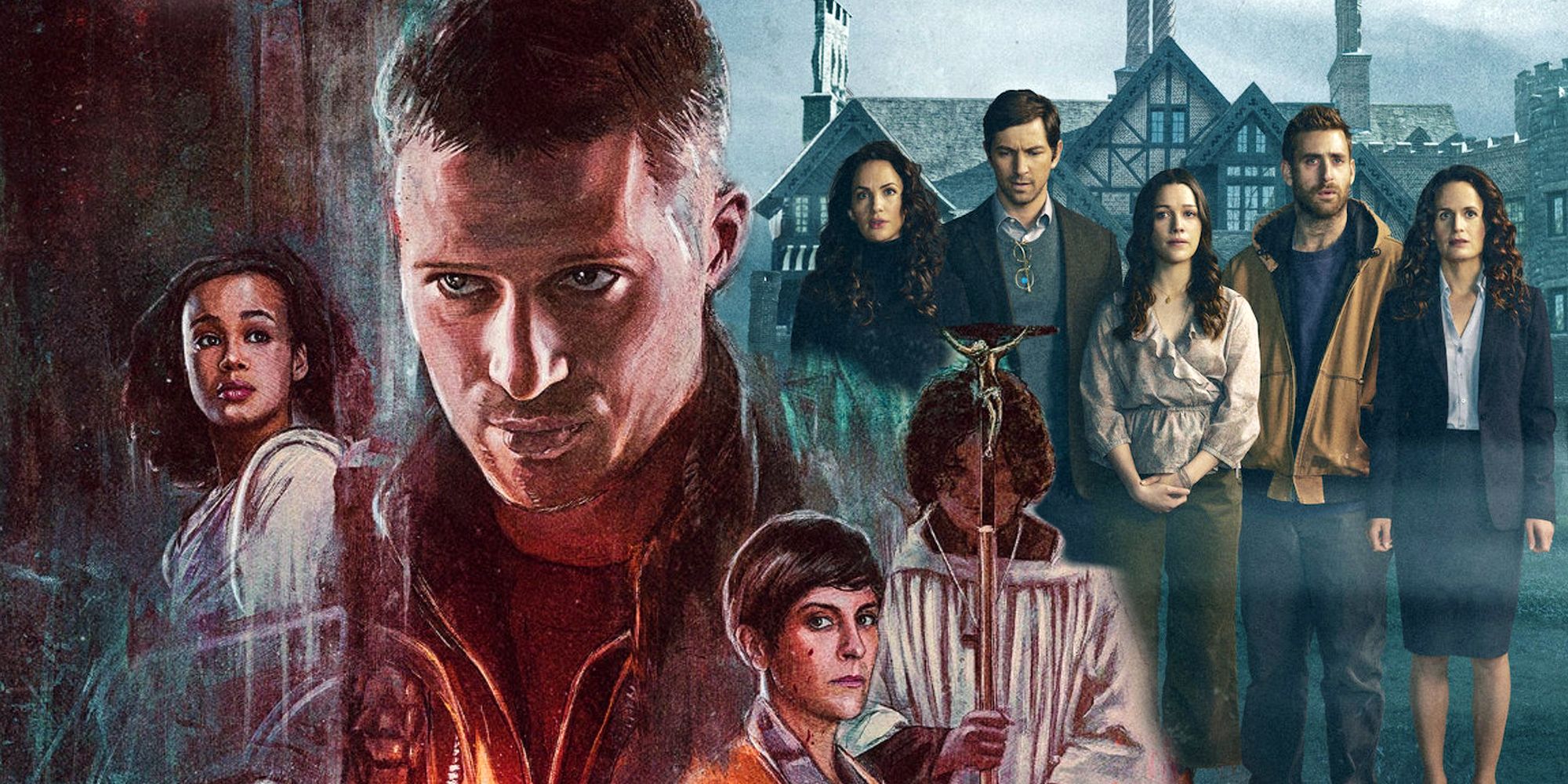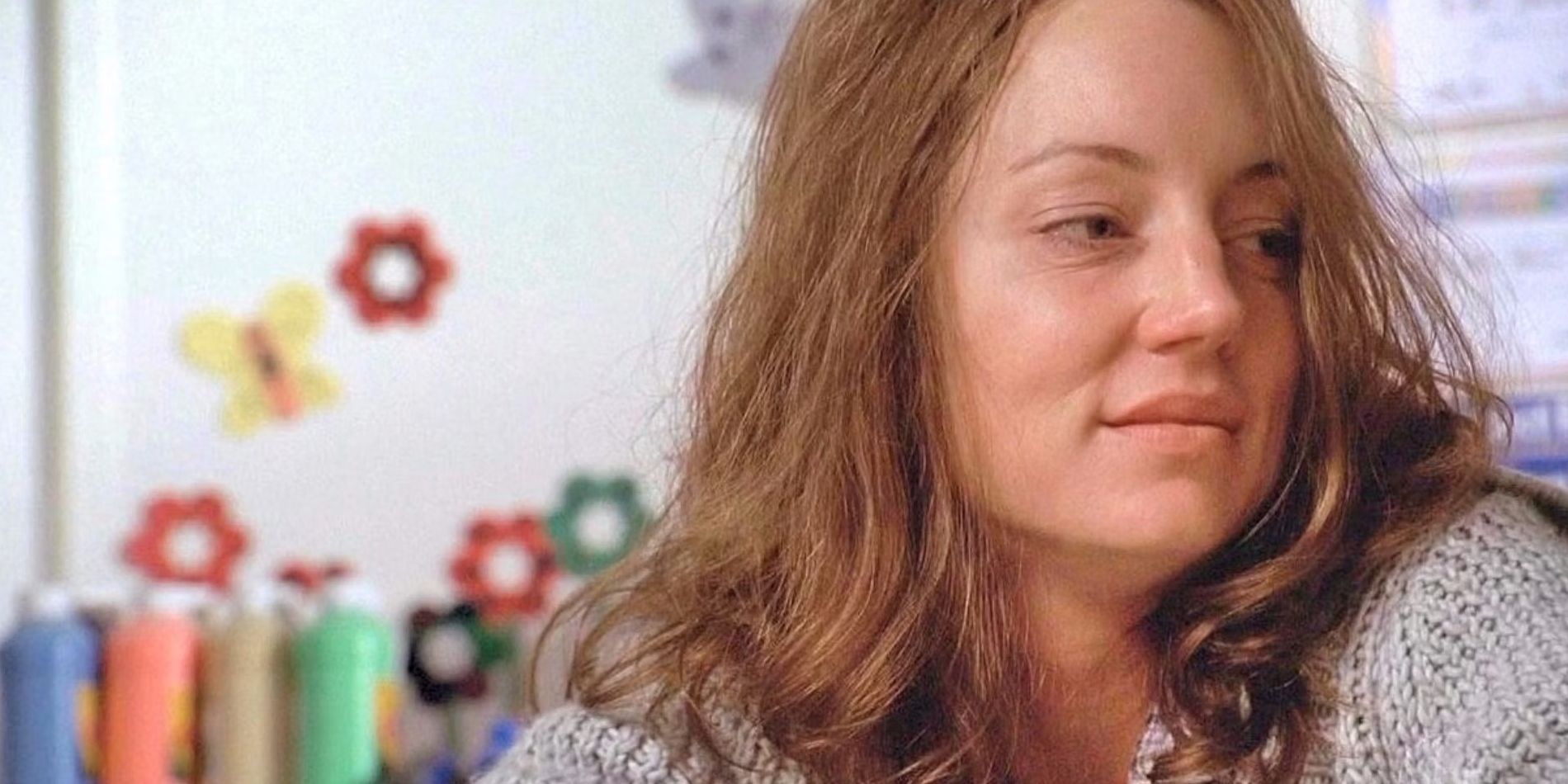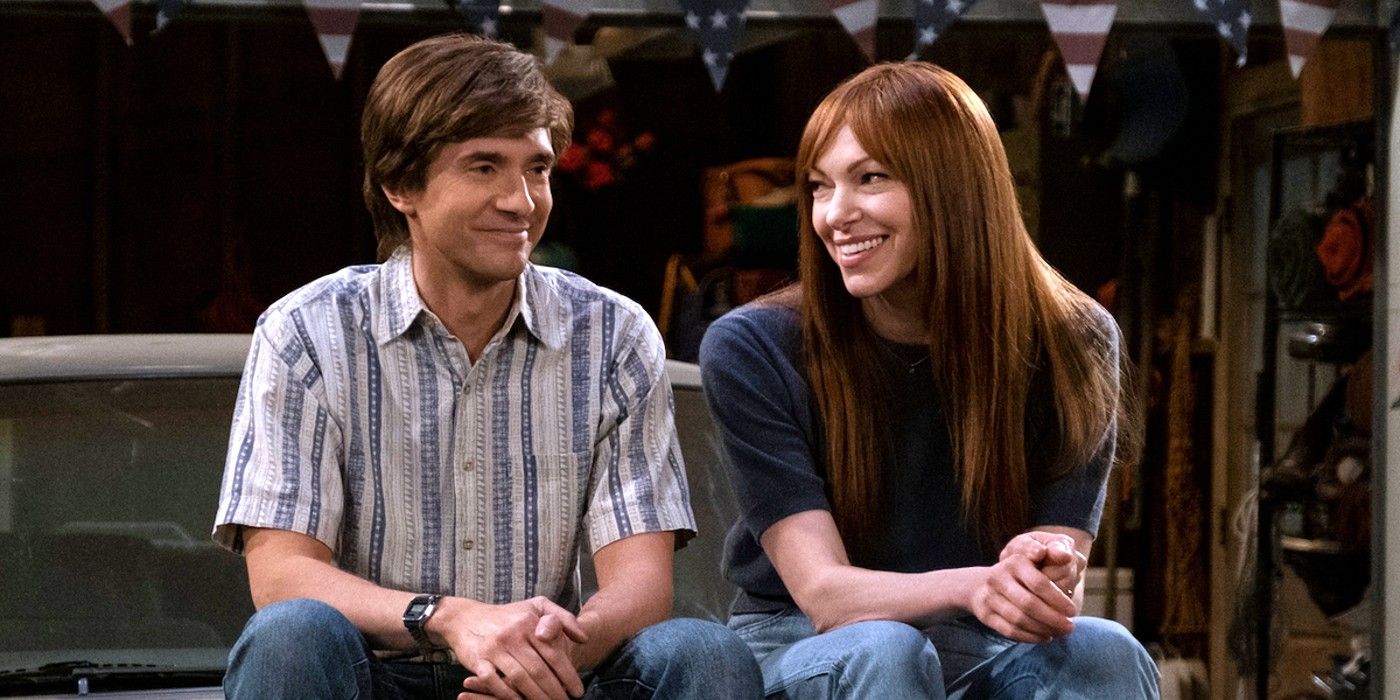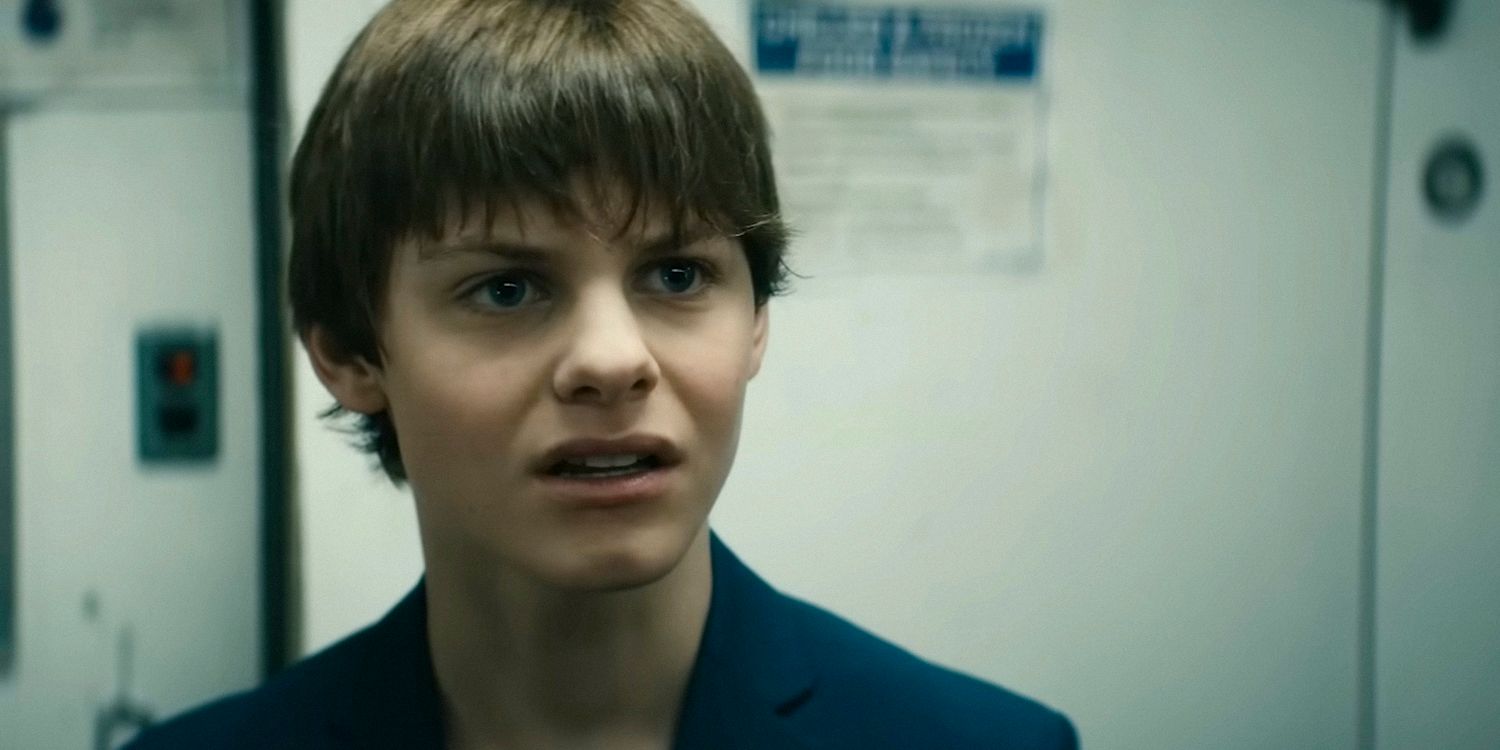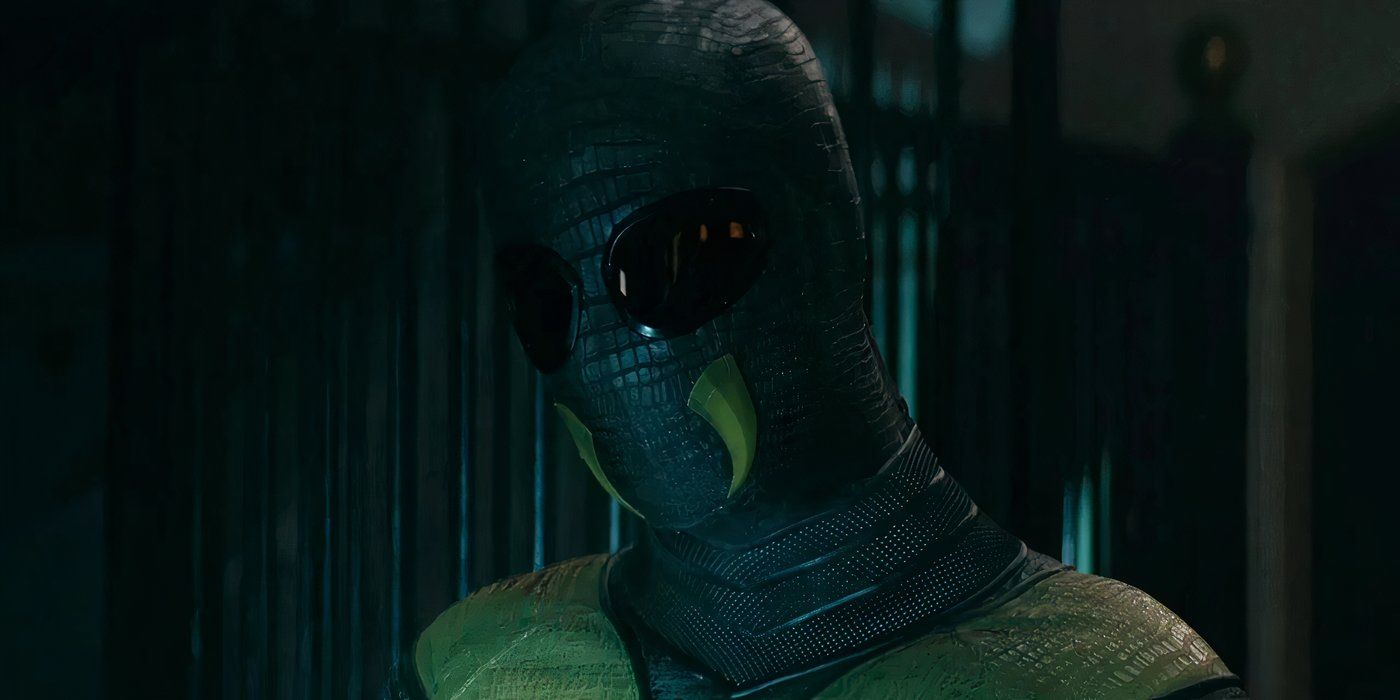There was always something distinct about Christopher Nolan’s Batman series, and Batman Begins started this unique style by delivering angles that the audience wasn’t used to. Here, by “storylines,” we mean character traits, plot devices, and themes that formed part of the overall experience of watching the movie.
In this regard, Batman Begins defied almost all superhero movie tropes to present a grounded take on the genre, one whose style has since been injected in superhero movies today, although still not quite on the level as we saw here. For this reason, we’re listing the 10 storytelling methods that made Batman Begins far ahead of its time.
The Hero Leaving The Villain To Die
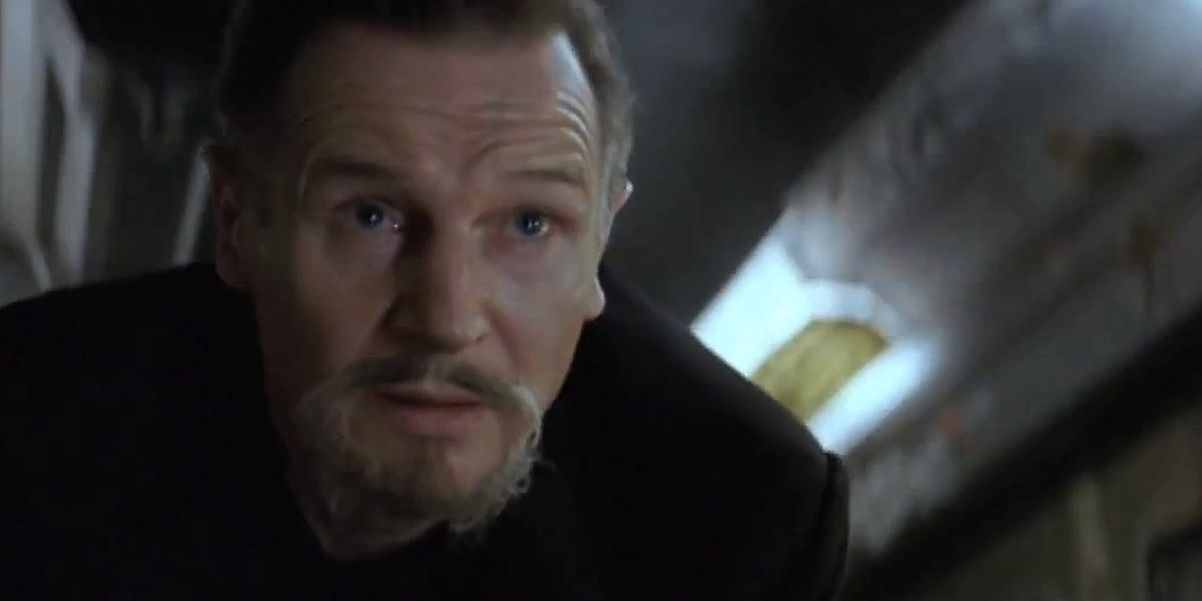
Superhero films either had the villain dying after a big fight, or perishing due to their own doing. However, Batman Begins had the villain meeting his fate chiefly because of the protagonist. While Batman didn’t kill Ra’s Al Ghul, he did sign his death warrant, so to speak.
Leaving Al Ghul on that plummeting train meant he did pretty much cause his death, and this was something you didn’t expect from the main character – let alone a superhero. We’d seen the hero decide not to kill the villain before, but not in a way where he left the villain to certain death.
The Hero’s Journey
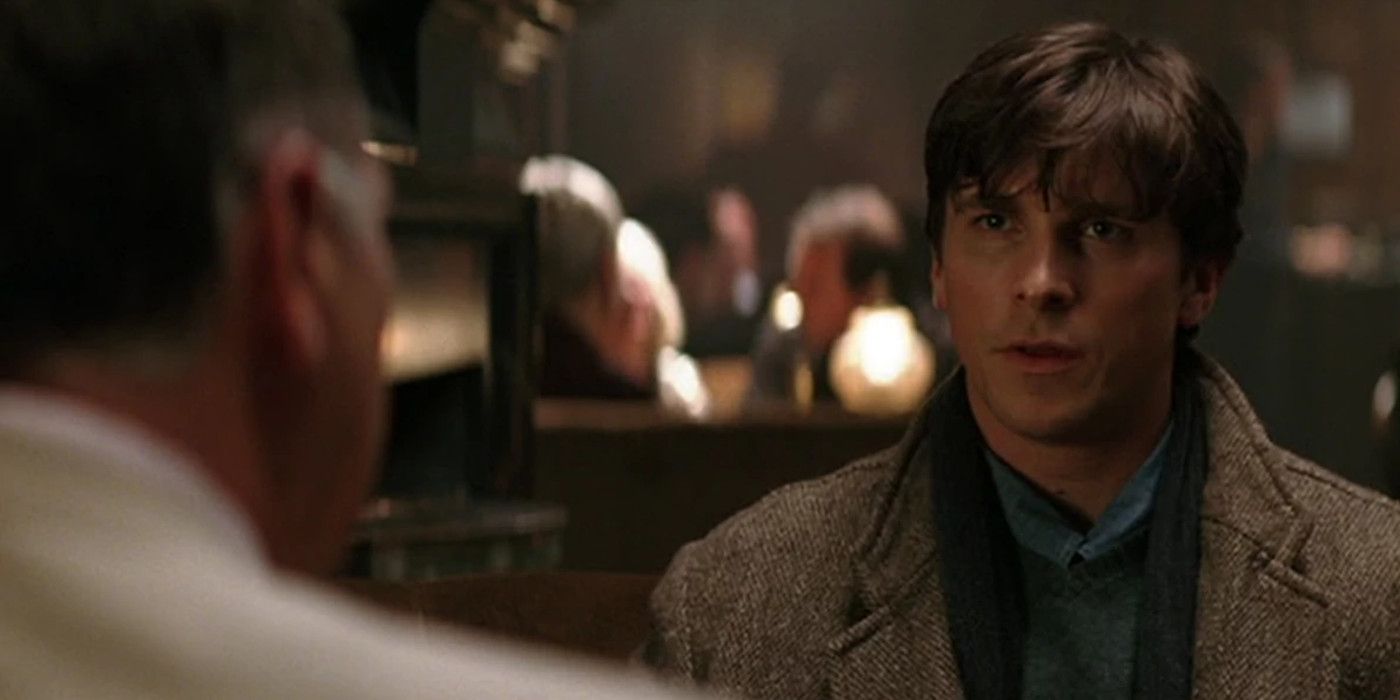
A big mistake the previous Batman films made was focusing way too much on the villains, to the point where Batman himself came across as secondary to the story. This wasn’t just the Batman films’ fault, though, as most superhero movies were guilty of doing this, such as X-Men focusing on Magneto or Spider-Man having Norman Osborn turn to Green Goblin.
Here, the story was squarely about Bruce, with perhaps the superhero moniker not being as important. It was a story about a man who understood what it meant to be a symbol for goodness. It wasn’t even strictly a “hero’s tale” either, as Bruce sought to be an idea, not a superhero.
Fear As A Motif
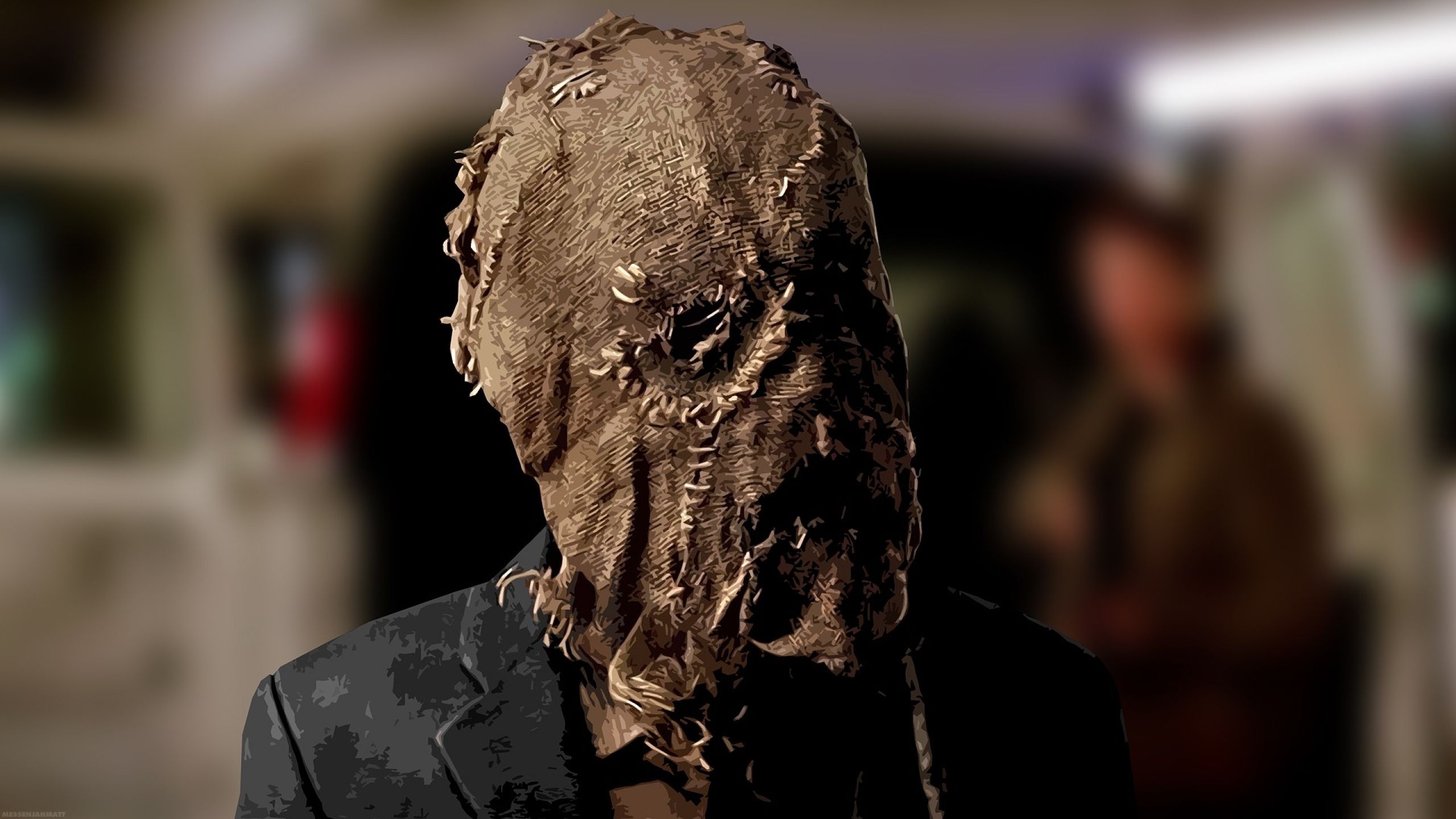
Having a central theme other than the usual “Good Guy Vs. Bad Guy” angle was virtually unheard of in 2005, and Batman Begins further brought into the spotlight how having a central theme could turn a film.
In fact, the film used the concept of fear as its main idea, something nobody associated with a superhero movie before. It worked wonders too, as the dark atmosphere of Gotham, the character of the Scarecrow, and the ideology used for the main villain’s motives were given shape and form due to fear being the backdrop behind all of this.
Not Using The Archenemy As The Main Villain
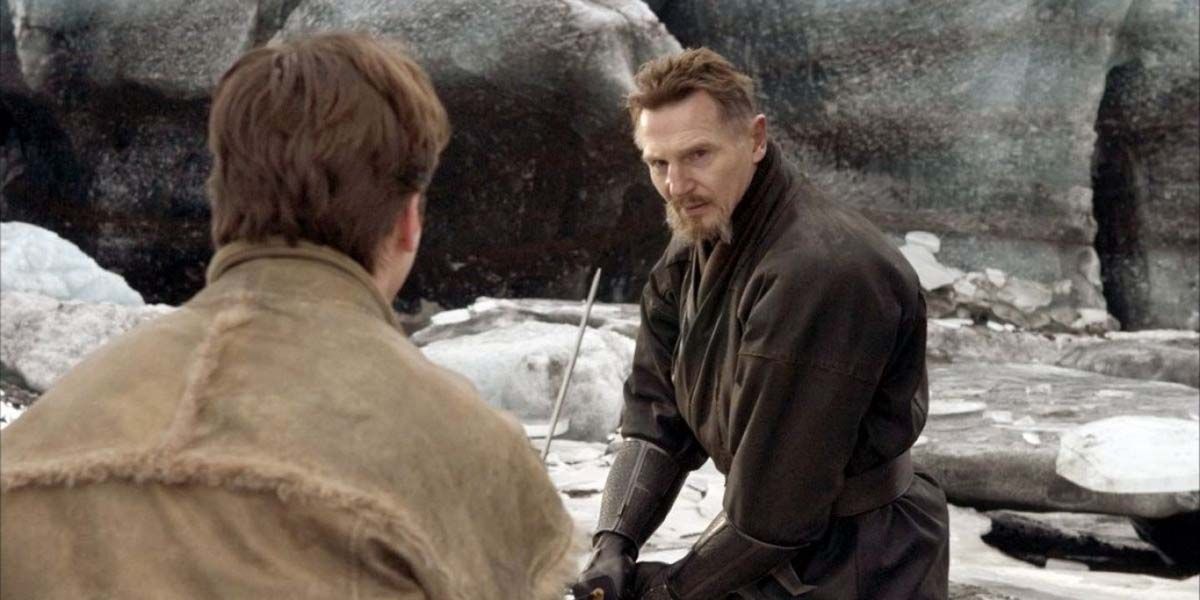
Nowadays, you’d be hard pressed to find the launch title of a superhero movie bringing in the archenemy of the character as the main villain, but this wasn’t the norm before Batman Begins came around. Even 1989’s Batman kicked things off with the Joker as the antagonist, which was followed similarly by Spider-Man, X-Men, Fantastic Four, among others who brought their archenemies right from the start.
Batman Begins chose to go with the relatively unknown Ra’s Al Ghul instead of opting for the Joker, or even better known villains like Bane or Poison Ivy. This brought more focus on the story rather than what the antics the villain would pull.
Love Interest As Part Of Characterization (Not Romance)
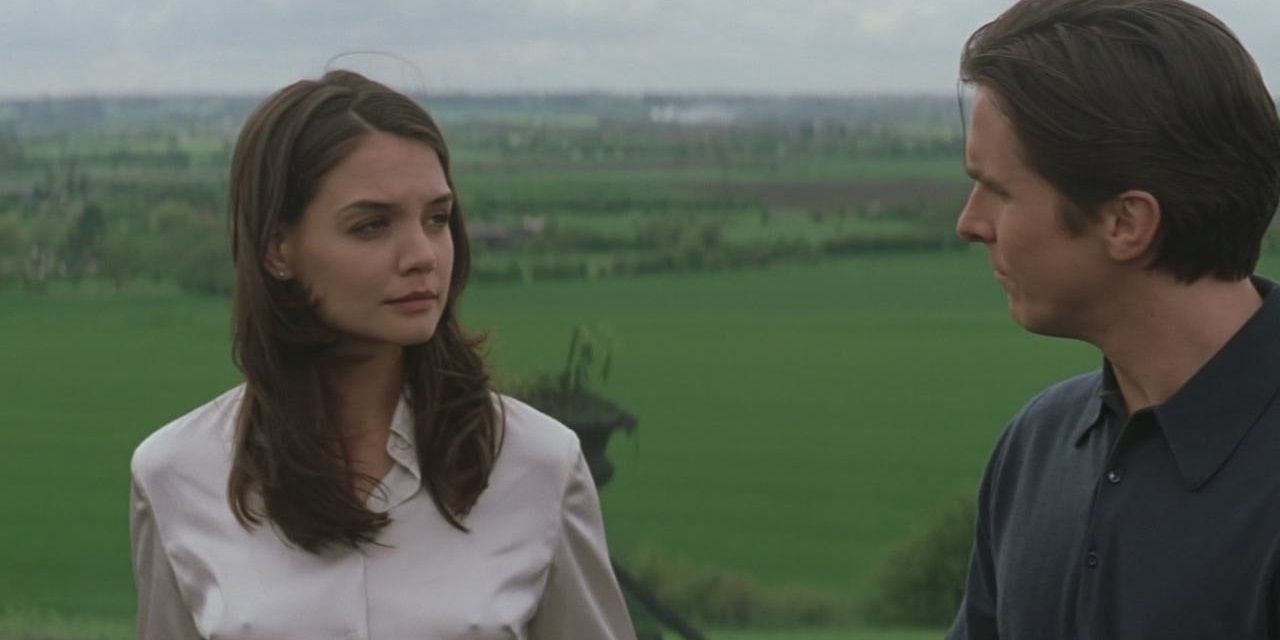
Bruce might have had Rachel as his love interest, but this wasn’t seen in a romantic light. In its place, Rachel’s role for Bruce was to act as his moral compass who unknowingly guided him to where he would learn to be a hero.
The ending also didn’t finish things off by showing Rachel jumping into Bruce’s arms after finding out he was Batman; rather, it left us with Rachel pushing him further into being Batman, as this was someone whom Bruce had become. This made Rachel a part of Bruce’s characterization, instead of her being a generic love interest.
A Gritty Hero With A Code
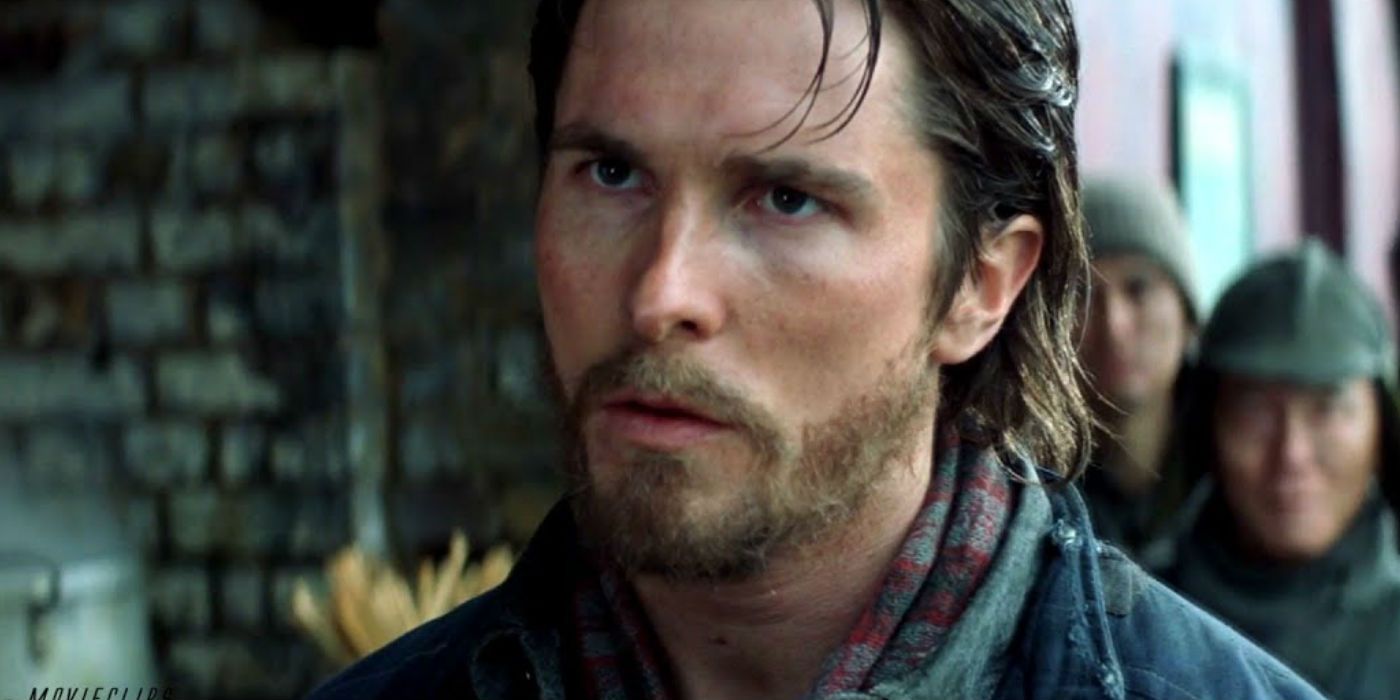
We saw superheroes who didn’t pull any punches like Blade and the Punisher before, but those movies heavily relied on the protagonists slicing and dicing their enemies like it was nothing. Batman Begins’ grit was a controlled one, which made it raw and in need of honing.
You could see in Bruce the wrath that he could dole as Batman, but you could also see an inner struggle where he had to control the power he had over another, without making it push him into becoming a killer. It was this kind of grit that made it clear that Batman had a moral code.
No Cheesy Moments
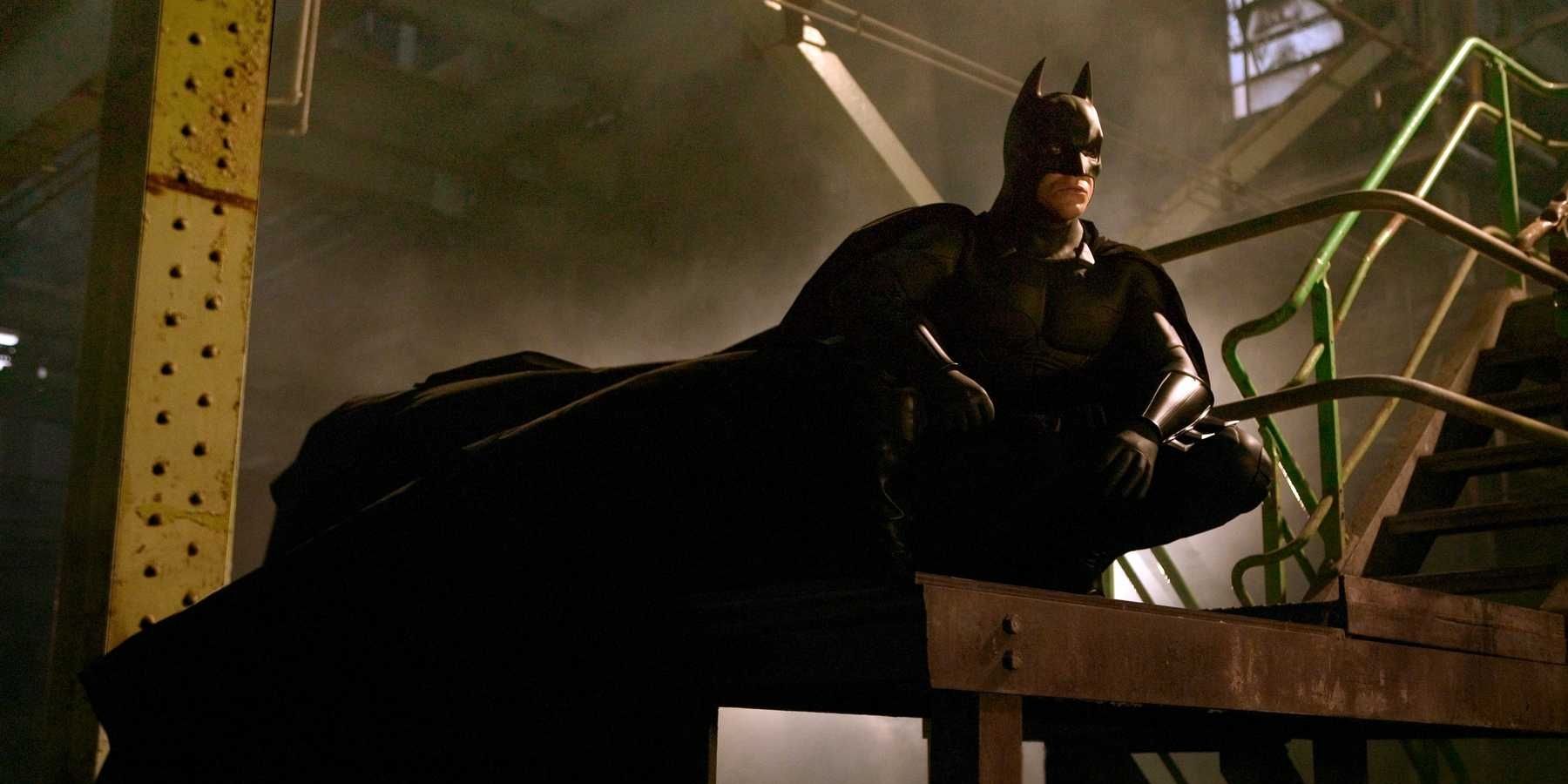
Maybe this isn’t strictly a storyline, but considering how important it turned out not to go bananas with the cheesiness, one has to consider this as something we didn’t see in many superhero films before.
The earlier Batman films were filled with goofy and over-the-top moments, with characters like Two-Face, Mr. Freeze, and the Riddler coming across as Joker knock-offs. Even quality superhero films like Spider-Man had cheesy funny moments, but Batman Begins avoided this completely and set sail with its dark message. Today, people make special mention of this due to the current crop of movies still not having perfected this style like Batman Begins did.
Side Characters With Stories Of Their Own
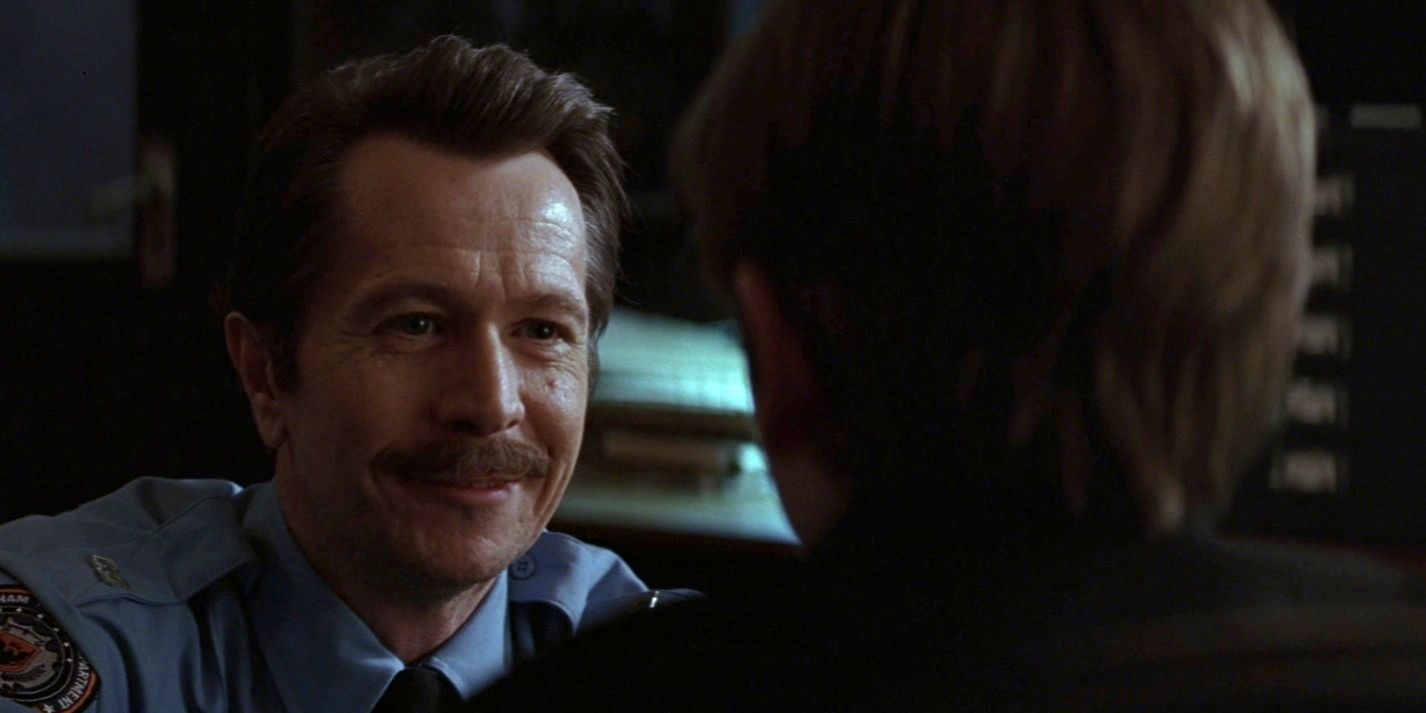
This was almost unprecedented before Batman Begins for the genre, as even the best superhero films didn’t provide as much importance to the supporting characters as this film did. You can take your pick of the characters shown and still have enough to talk about them.
From James Gordon to Alfred, to pretty much everyone, each of the characters had a reason to be there and an attachment with Bruce Wayne to boot. The MCU has followed through with this type of storytelling, with Avengers: Endgame feeling special because we knew each character’s backstory, but Batman Begins was one of the pioneers here.
A Villain You Can’t Disagree With
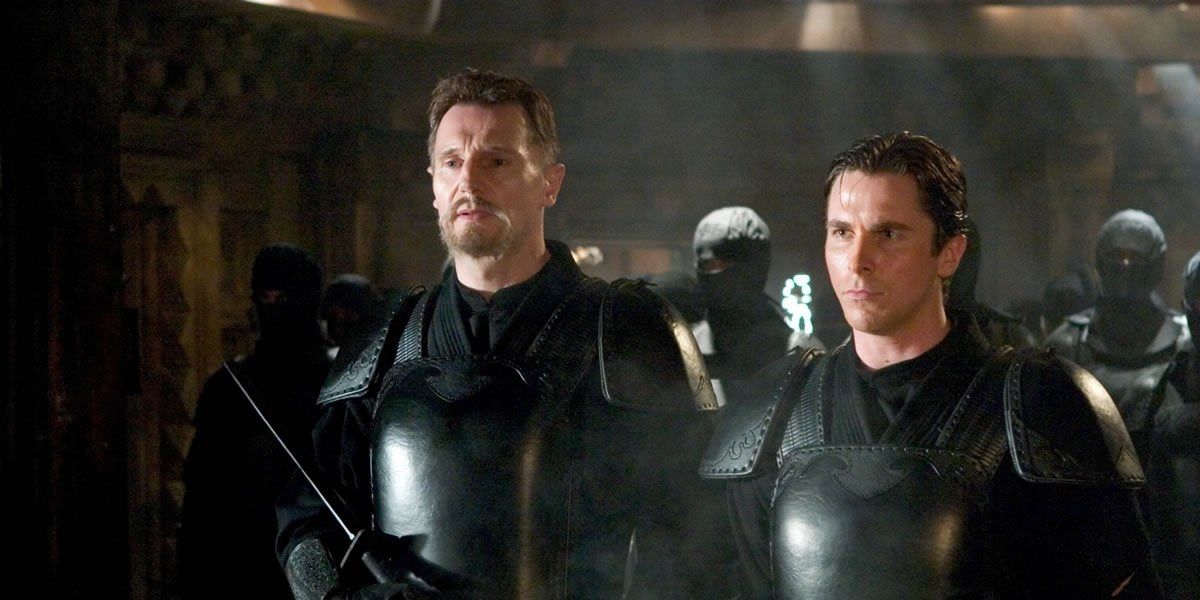
We saw how corruption was running rampant, and it was only because of external force from a vigilante that some order came back. Even when The Dark Knight Rises had law be upheld in Gotham, it was only because of the Harvey Dent Act, something that was given birth due to a lie.
In this way, Ra’s wasn’t completely in the wrong to claim that Gotham city was too far gone to save, as the people only responded to force, not peaceful order. A deep angle like this wasn’t common when the film came out, with almost all superhero stories being about how wrong the villain was. Ra’s was a bad guy, but his overall point of view still had some truth behind it.
Downplaying The Importance Of Super Abilities
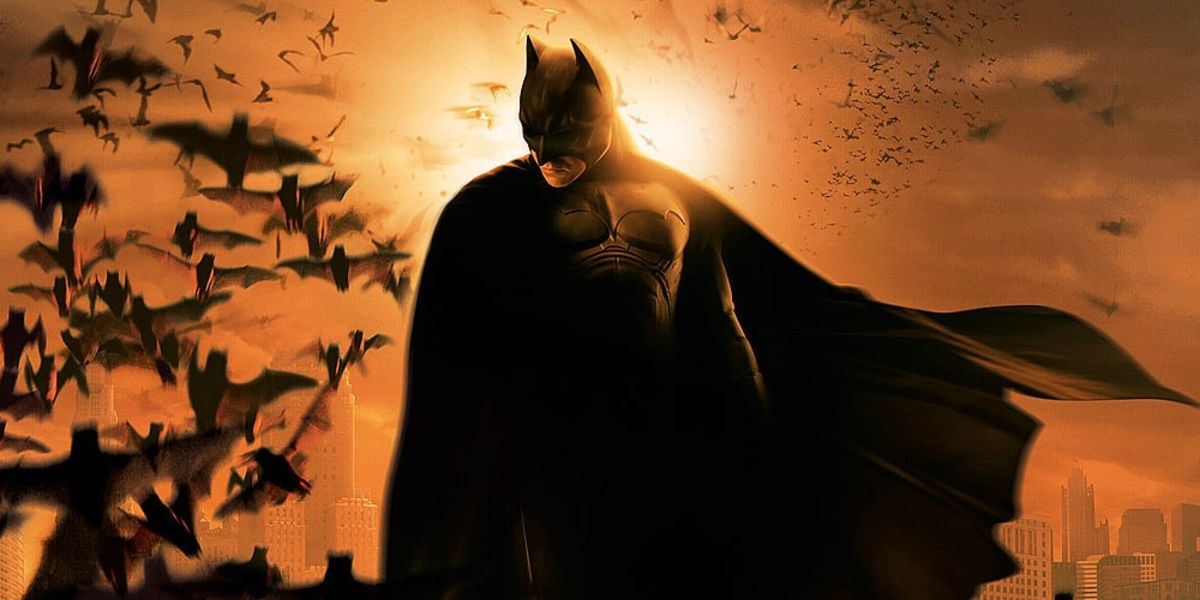
Although Batman made full use of his gadgets and devices, the overall storyline wasn’t detrimental to their use. Instead, Batman Begins can even work without having the superhero tag attached to it, as Batman’s abilities weren’t the focal point. This was a big swerve from presenting a Batman fanboys could use to argue that he could beat anyone.
The main story was about how a vigilante who stood as the symbol for the ultimate goodness, and how darkness can usher in good from where you least expect it. The super abilities were just an attraction for the most part, with the theme of the movie taking precedent before this. Joker is probably the best successor for this kind of storytelling in today’s terms, as we heard the message rather than simply watch the special effects.
